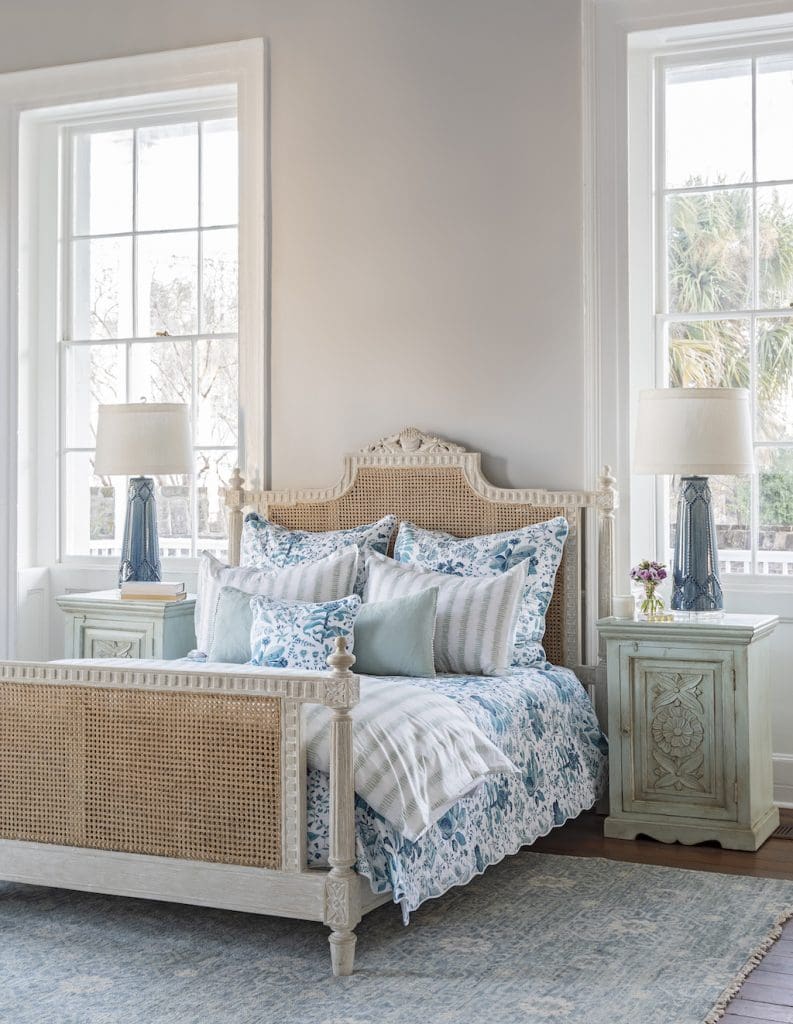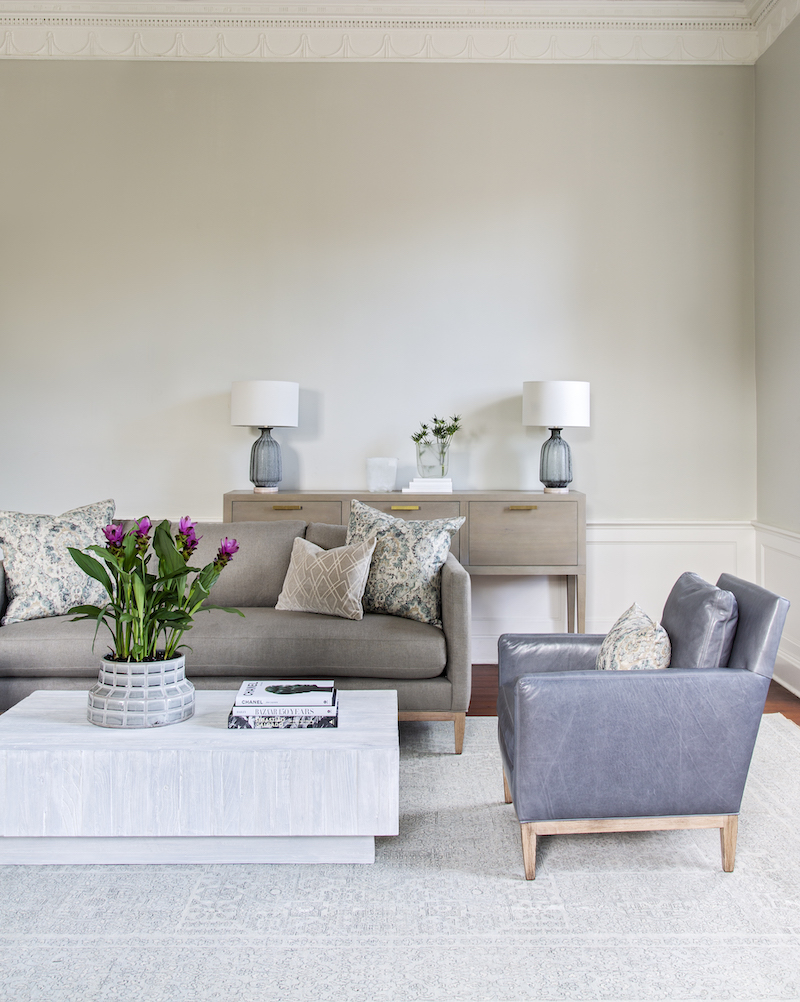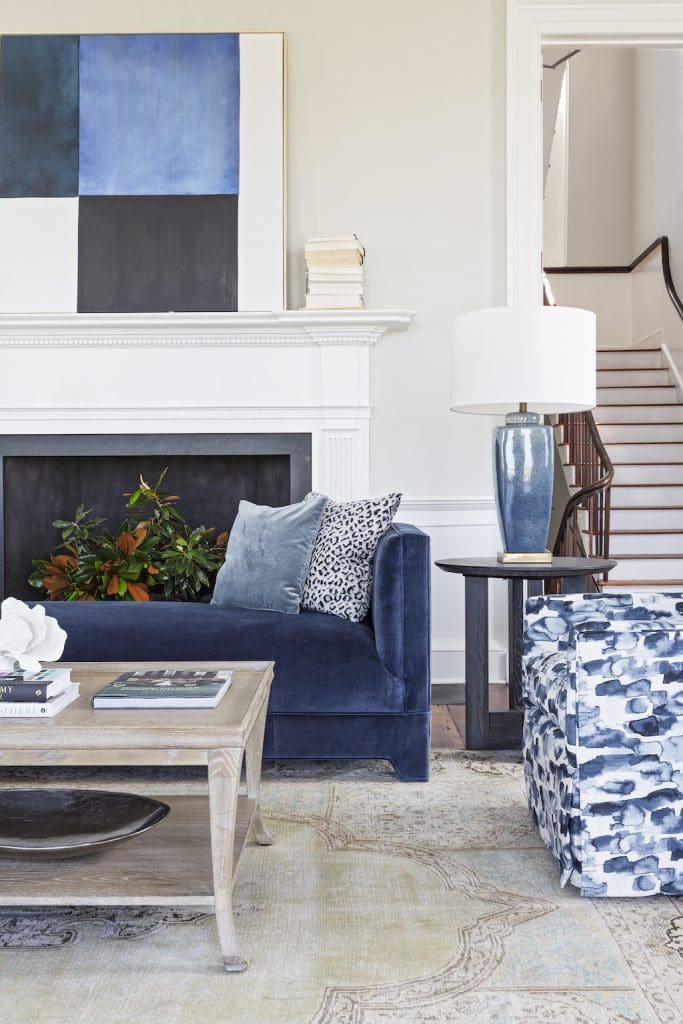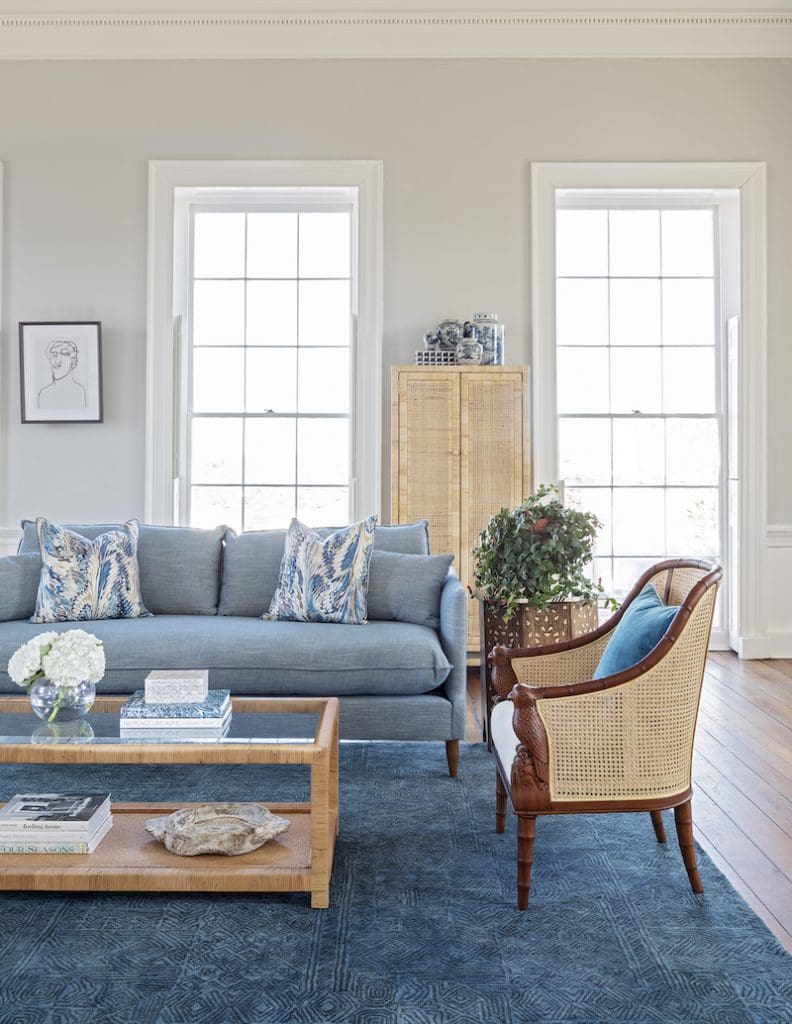
The beauty of modern-day interior design is that there truly are no rules that you absolutely must stick to! Mixing patterns, periods, and styles are completely allowed and even encouraged to create a one-of-a-kind home that feels like it belongs to you. While many people shy away from mixing wood in a room, it can result in beautiful combinations of color and texture that create a warm, inviting, and authentic feel. However, you do need to pay attention to details like the wood type, finishes, grain, and textures to ensure that all the elements in your space are complementary. If you’re ready to try mixing wood types at home, consider the following tips from interior designers at GDC Home.

Decide on a Dominant Wood Tone
Start by deciding on a dominant wood tone for your room. If you have wood floors, then they likely will dictate the rest of the wood used in your room. If you don’t have wood floors, then you’ll have more flexibility in deciding on the primary wood tone. The size of your room and décor can help you make a decision. For example, dark wood, such as mahogany or cherry, works well in rooms with high ceilings and darker furniture. Medium-hued oak and maple are popular for average-sized rooms with lighter furniture. Lighter woods, like pine and cedar, tend to work well in narrow spaces as they keep the room bright and airy. Whichever wood you choose as your dominant tone, this will be what you use the most in your room. The rest of the wood tones you use should complement it.

Match the Undertones
Like colors of paint, wood has undertones that are either going to be warmer or cooler. While most wood is warm, there are some that have cool, bluish-gray undertones. Identify the undertone of your dominant wood and then make sure that the other wood pieces you use have the same undertone.

Repeat Tones
You may have heard of mirroring when it comes to interior design, which means repeating colors, silhouettes, and furniture throughout a room to create symmetry and balance. You can follow the same concept with wood tones. We recommend using no more than three wood tones in a room and making sure that these tones are repeated at least twice. If you have one lone wood piece that is an entirely different tone, it’s going to look out of place. By bringing in one or two more items in the same tone, you’ll create cohesion.

Pay Attention to Grains and Finishes
While the tone of your wood is really important, the grain and finish also make a big impact. You can mix light and dark wood if the pieces have a similar grain size. You can also bring together pieces that have a different grain but keep in mind that a larger grain generally comes across as more casual and rustic while a smaller grain appears more smooth and formal. When it comes to finishes, try to stick with either matte or glossy for all of your wood. Mixing the two is more challenging as they present a very different aesthetic.

Create Buffers Between the Wood
Whether you are working with wood tones that are very similar or highly contrasting, you can create more of a natural harmony by using buffers throughout your space. Examples of buffers include a rug, furniture, upholstery, and countertops. One of our favorite ways to mix wood with other styles is by laying rugs over hardwood floors. A rug adds warmth and character as well as color.
Shop Wood Furniture at Our Charleston Home Stores
Wood has been one of the mainstays of interior decorating for centuries, as it’s durable, easily carved, and comes in an array of tones. Its natural quality lends your home the feeling of authenticity and warmth that plastic, metal, and other artificial materials can’t provide. By adding wood furniture and accents to your home, we’re certain you’ll enhance the beauty and enjoyment of your space.
Shop the Look

Getaway Cocktail Table
Clean geometric edges and an artful crisscross-inspired base define the Getaway Cocktail Table, a relaxed home furnishing piece finished in a neutral hue.

Laurel Wooden Bowl
Natural wood is the best accent for a fresh and clean aesthetic. The Laurel Wooden Bowl puts the elements of organic beauty on display with its raw wood grain and unfinished texture.






